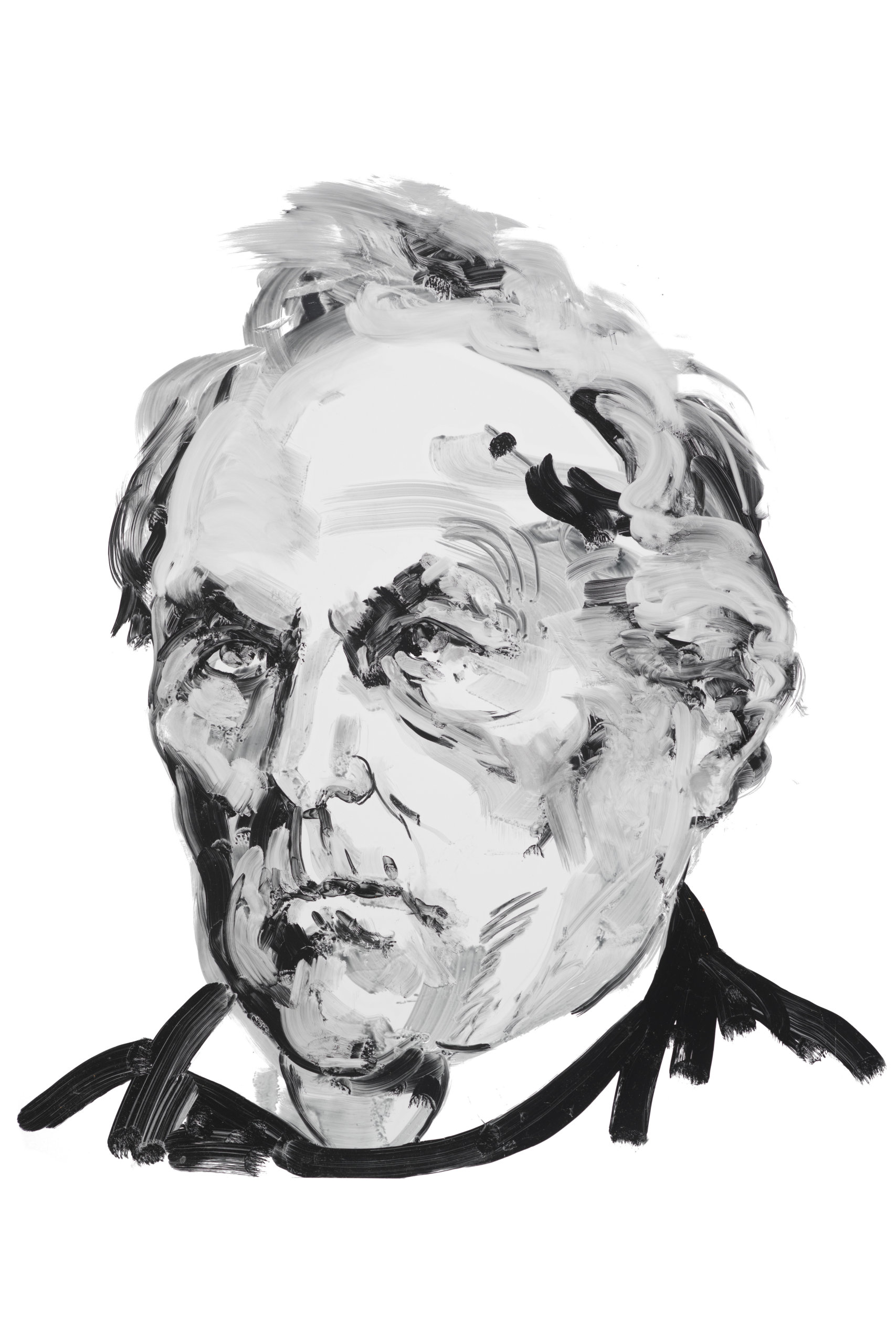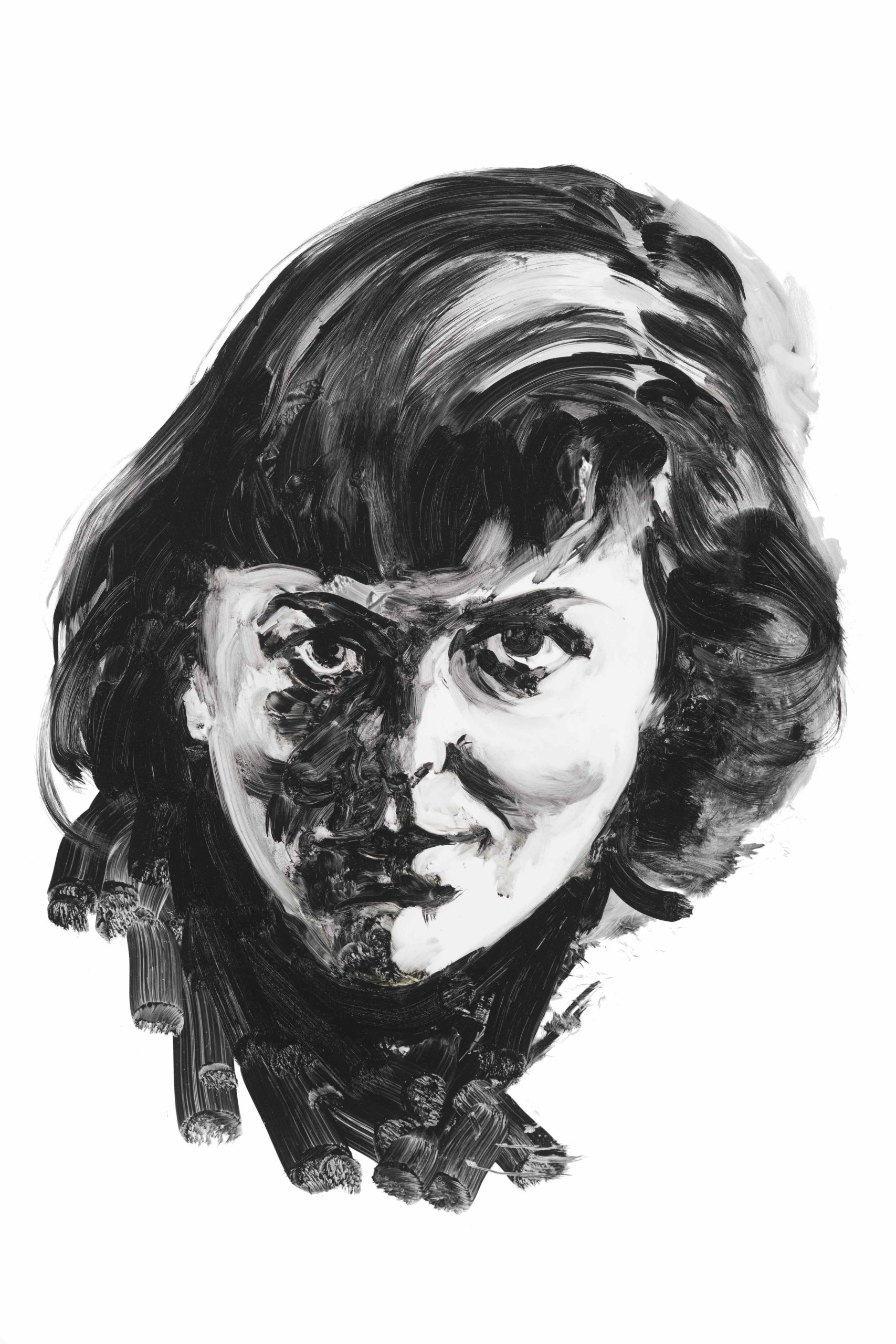Eric Fischl’s Saints of Sag Harbor: A 10-Part Series, Part II

Part II
The religious past and the art-as-religion future have intersected within the walls of the Sag Harbor Church, a former house of worship turned cultural hub, with famed artists/activists April Gornik and Eric Fischl as the founders of the movement to create and open the space, and Sara Cochran as executive director.
The soaring Sag Harbor Church is home to 20 windows; the center of each a large square of glass; it is there, explained Fischl, where the “arts saints of Sag Harbor, the dead saints, will be canonized.”
Dan’s Papers will spotlight two windows a week for 10 weeks, with Fischl’s light-hearted responses when asked the irreverent question, “What would this luminary be the patron saint of, besides Sag Harbor?”
James Fenimore Cooper (1759-1851)
Fischl: “James Fenimore Cooper could be thought of as the patron saint of literature in search of an authentic American voice, and the Wise Sage who understood that speculative capitalism mistakes commerce for liberty.”
James Fenimore Cooper is said to have started the flow of writers and artists to the East End of Long Island, and is considered one of the first truly American writers. Cooper served in the U.S. Navy where he learned about sailing vessels, which influenced many of his works, which include The Last of the Mohicans, The Prairie, The Pioneers, The Sea Lions, and The Bravo.
Cooper was young when he stayed in Sag Harbor, and newly married. His wife had poor eyesight, and he’d read her English novels. Once, while reading a novel to her, he complained that it was garbage, and she challenged him to write one himself. His first novel, Precaution, was hardly a success, but subsequent works became the first that were truly American novels, with New World content.
Natty Bumppo, the famous protagonist of The Pioneers (part of the trilogy known as The Leatherstocking Tales), is thought to be based on a Sag Harbor resident David Hand, whose renovated house still stands on Church Street, one of the oldest buildings in Sag Harbor.

Gary Mamay
Lady Caroline Blackwood (1931-1996)
“If one thought humorously about Caroline Blackwood as a patron saint, I would say she is the patron saint of ire, wit and the peripatetic,” says Fischl.
Lady Caroline Maureen Hamilton-Temple-Blackwood — Guinness heiress, novelist, biographer, journalist and critic — suffered through an unhappy childhood with an abusive nanny. An awkward teenager, she blossomed into a lithe blond woman who wrote with an acerbic wit and tongue, was shortlisted for a Booker Prize, and lived abroad for much of her life.
She eloped to Paris with the painter Lucian Freud, grandson of Sigmund Freud, and had, among many others, an affair with Robert Silvers, founder of The New York Review of Books. She also wed composer Israel Citkowitz, and later poet Robert Lowell, and was with photographer Walker Evans, for a time.
A famous painting of Lady Blackwood by first-husband Freud, titled Girl in Bed, figured in the death of third husband Lowell, who was found slumped over, dead, in the back of a NYC taxi cab, clutching the painting to his chest.
Blackwood was known for novels The Stepdaughter and The Last of the Duchess, and for her numerous stringent articles. In 1987 Blackwood settled in Sag Harbor, writing until her death from cancer in 1996.



